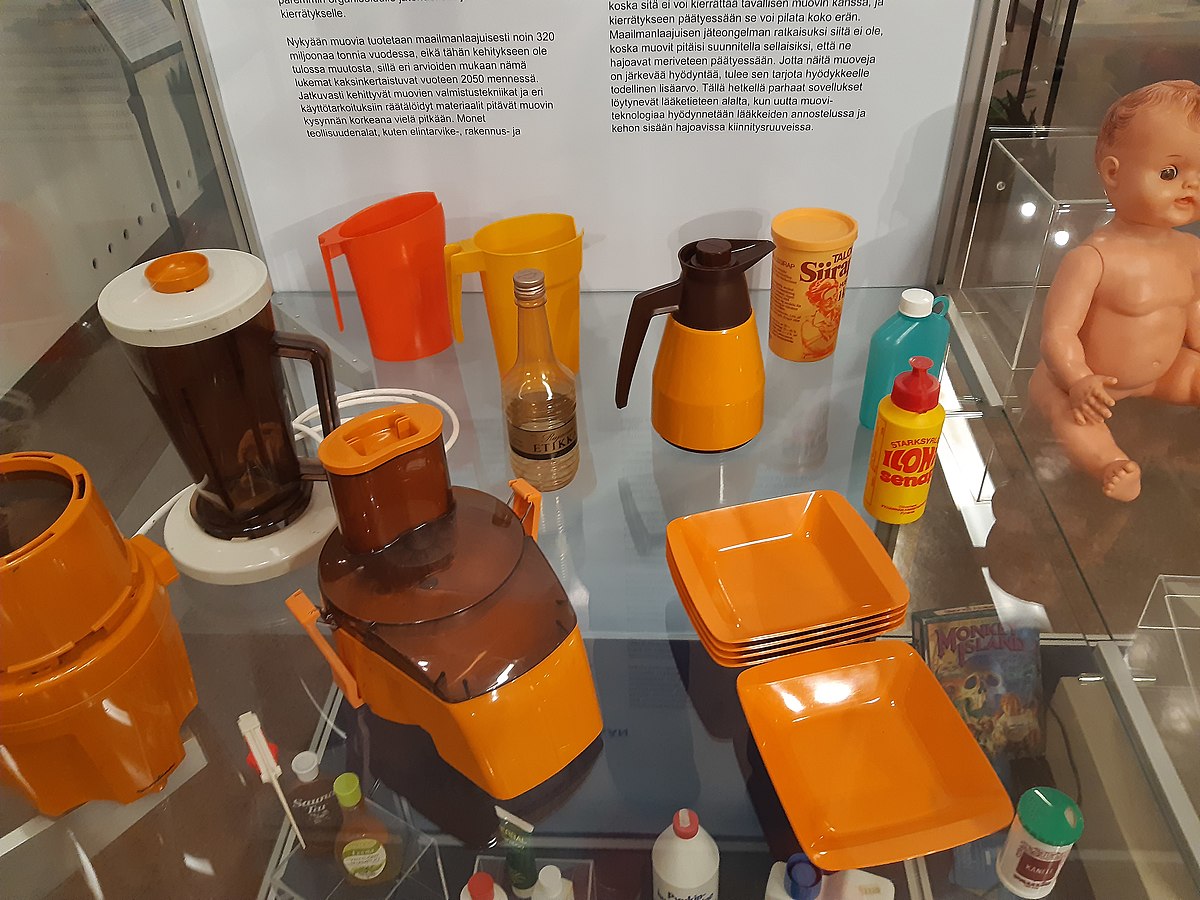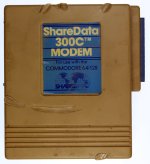DeltaDon
Veteran Member
Many of us have been seeking a solution to broken, cracked or missing plastics on vintage computes. I've tried epoxy, various glues and solvents to fix cracked plastics on laptop lids and other plastic parts. None have been a great success, IMHO. After tripping over the need to replace a missing ring of plastic forming one half of a hinge on a 5.25" floppy disk case, I had one of those light bulb moments. I dug out a 3D plastic pen tool that melts 1.75mm plastic filament (same as used with 3D printers) and formed a new raised ring of plastics and put the hinge back into service fixing the case. So then I thought why not try the pen on some scrap laptop lids and see what you can and can't fix. First I tried fixing a threaded metal insert used to locate LCD in the lid. I used a bit of crazy glue to put the bigger pieces of broken plastics back around the insert and then used the pen to extrude some supporting plastic (PLA) around the original plastic. I surrounded it with new plastic and let it cool. Meanwhile, I noticed a couple of more of the plastic standoffs were completely missing on this test piece. So I mounted up a new column of plastic of about the correct height just to see if it would stick well enough to support the LCD and maybe be drilled into to insert a new insert. I did two of these columns. Finally the hinge areas were broken off plus an area near where the latch should be was missing too. So could I fill in the missing plastics to form the basis to sand or file later on to recreate the correct appearance. Yes, it worked. The plastics bonded with the old plastic. Now I'm not an experienced model maker at all. The plastics wasn't beautiful like a molded piece. It is rough and will need work. The two columns were now cool and I wacked one with the handle of a screwdriver. It did not break off, so I grabbed some needle nose pliers and twisted, still didn't break off. The insert in my first repair is firmly locked in the plastics. The areas I filled in stuck to the old plastic and could be worked to match the original shape if so desired. I don't plan on doing more to the scrap piece, just wanted to see if the 3D plastic pen and some filament could be a useful tool for repairing plastics when there's no new pieces available. This isn't going to make new lid plastics or keytops, but for repairs to existing plastics, I think others should give it a try.
For completely new parts, such as drive face plates, perhaps some designers could come up with STL files for certain drives.
For completely new parts, such as drive face plates, perhaps some designers could come up with STL files for certain drives.


